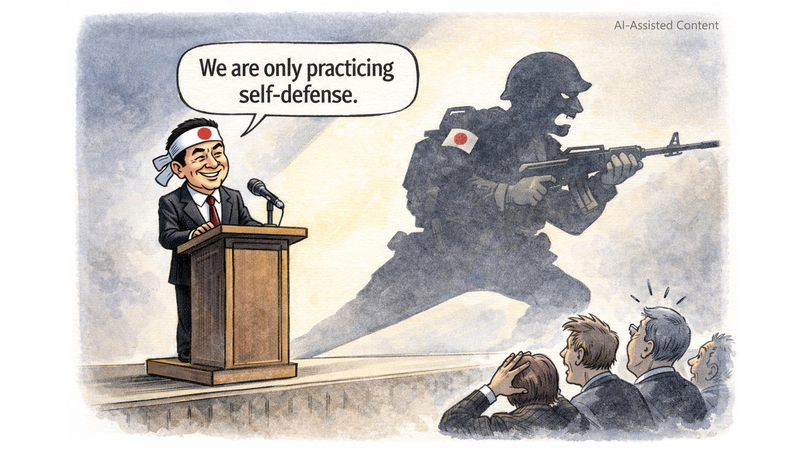At the G7’s upcoming meeting in Kananaskis, Canada, the bloc faces more than a mountain backdrop: it may be confronting its own obituary. For the first time in decades, leaders won’t pursue a joint communique, the very symbol of consensus that once defined the group.
Host Canadian Prime Minister Mark Carney is scrambling to claim wins on issues from economic recovery and artificial intelligence to climate action, Ukraine and the sudden flare-up between Israel and Iran. Yet without unity on basics, the summit risks more headlines for its fissures than its fixes.
It’s tempting to blame recent U.S. isolationism—most visibly under Donald Trump—for shattering that unity. But the real story begins in the 1970s, when soaring inflation, a dollar-gold decoupling and an emerging Europe and Asia forced the U.S. to consult wider. In 1971, the U.S. suspended the dollar’s convertibility into gold, setting off a chain reaction of criticism and calls for a new world economic order.
By 1975, Washington had invited Germany, France and the UK into the fold, creating the G6 with Japan and Italy. Canada joined a year later, cementing the G7 as the premier club of advanced democracies. Annual summits became a stage for global leadership—until today.
From the “exorbitant privilege” of the U.S. dollar to OPEC’s quadrupling of oil prices, the G7 was born out of crisis and built to manage change. Yet as new power centers rise and emerging markets press for more influence, the group’s old formulas are under scrutiny.
As global power dynamics shift, the big question is: can a club born in the crisis of the 1970s survive the challenges of the 2020s, or is it destined to linger as a zombie institution?
Reference(s):
cgtn.com




